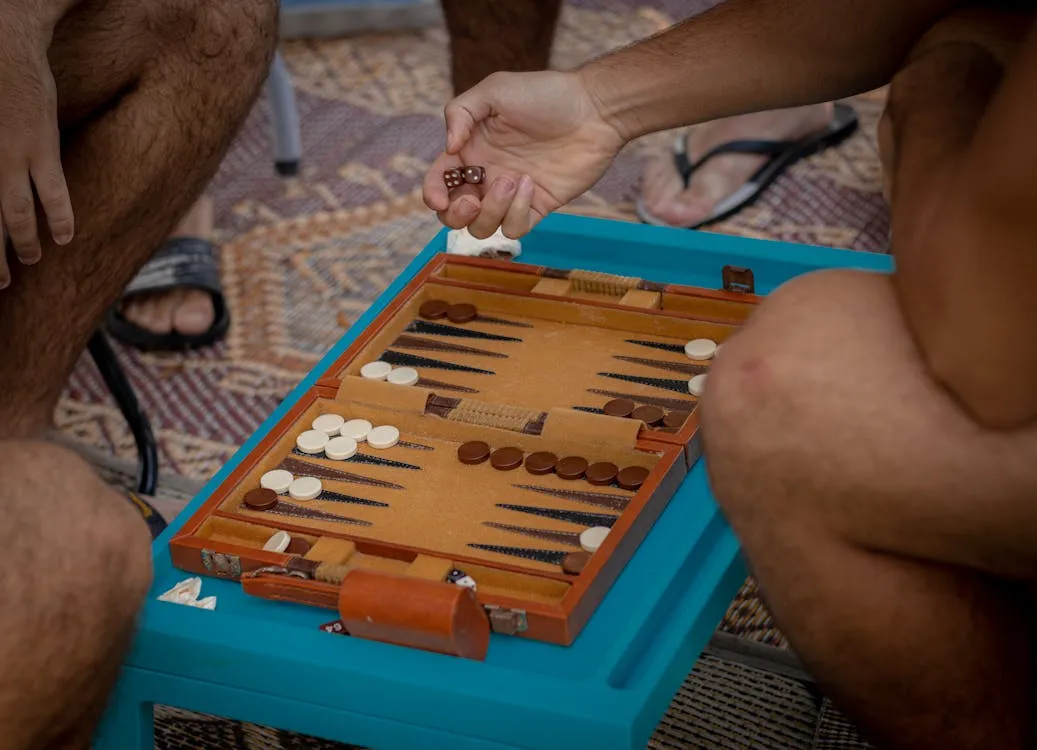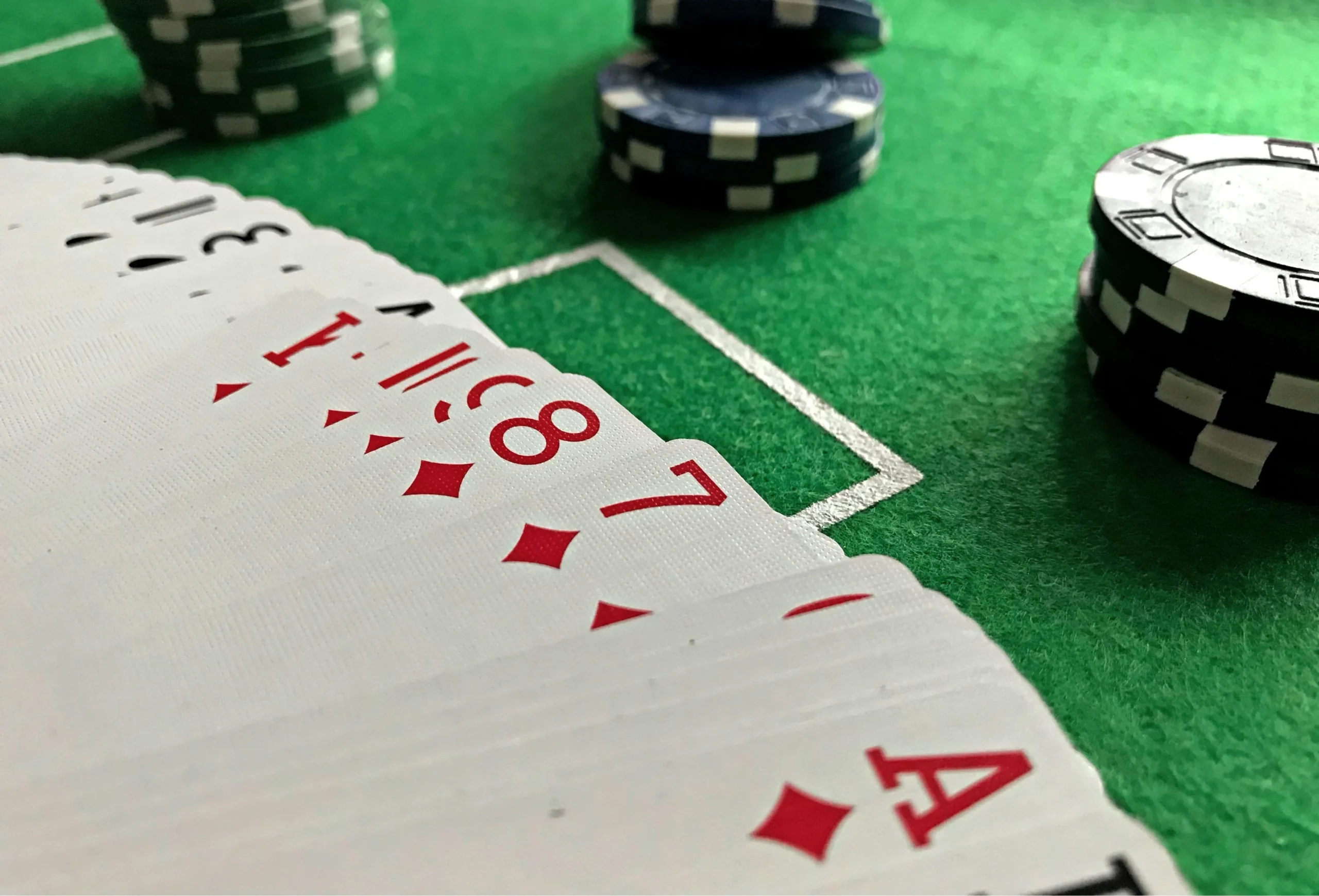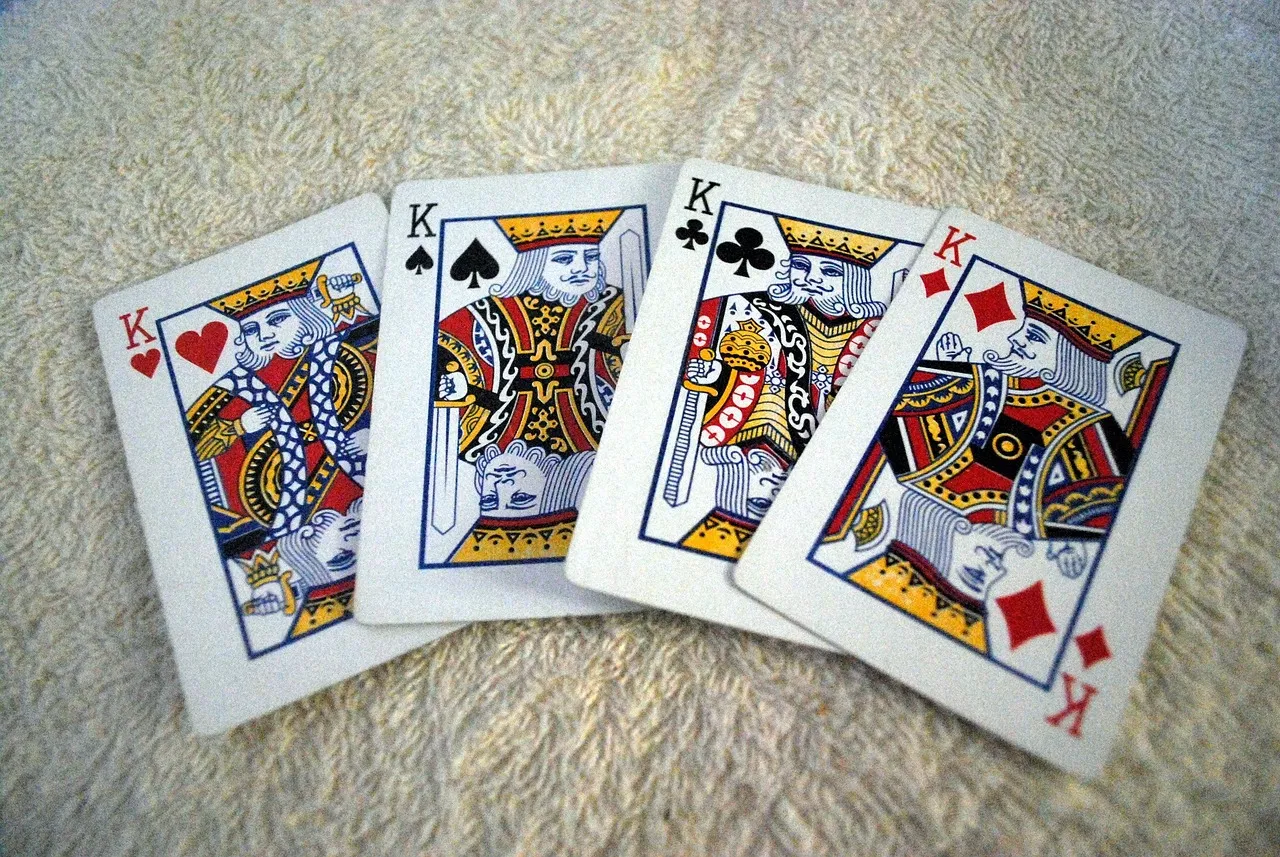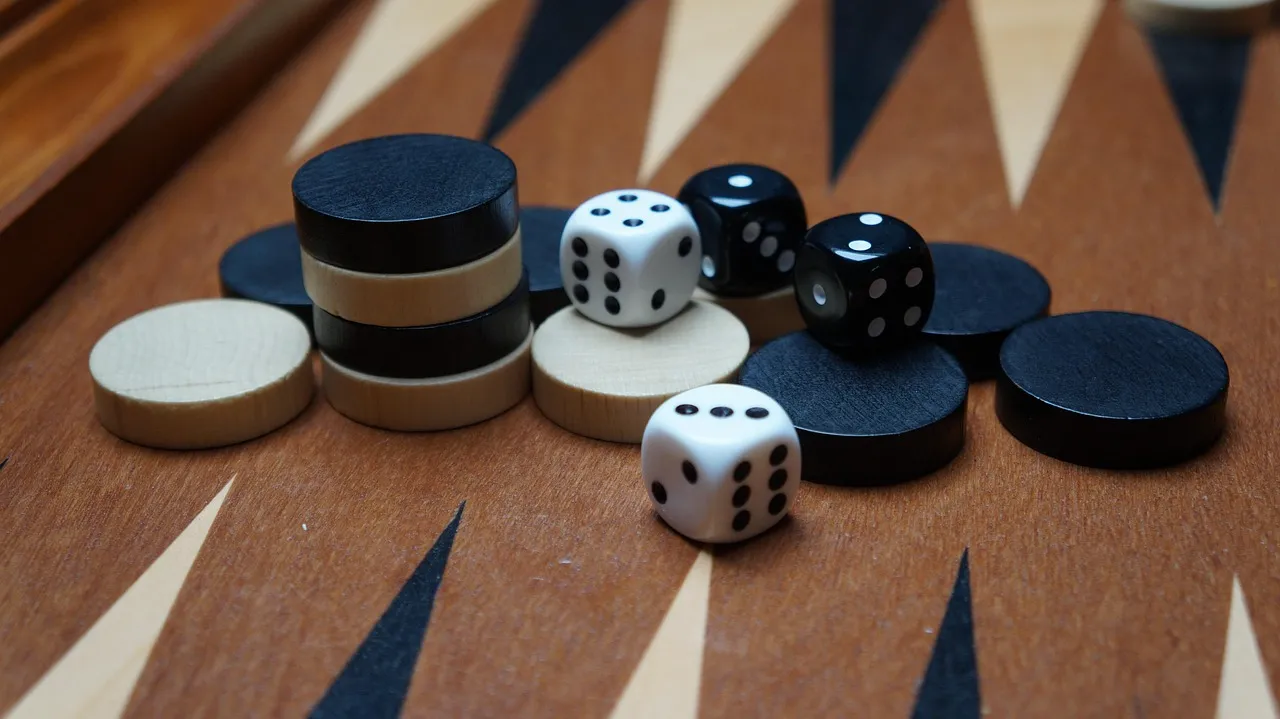Backgammon and Poker: A Love Affair Part 3 – Dynamics Continued

- Fact Checked by: PokerListings
- Last updated on: July 13, 2025 · 6 minutes to read
In continuation of yesterday’s article, which focused on the similarities in dynamics between the games of poker and backgammon, this piece will further explore similar nuances in gameplay.
Timing and Positional Strategy
Despite the games’ differences in terms of look and play, positional understanding remains crucial in both games.
In backgammon, position refers to the position of your checkers on the board. Having a strong position allows you to block potential moves of your opponent, which in turn gives you an advantage as they can make fewer moves, or not as successful ones.
In poker, positional advantage is gained when a player is last to act, as they can see all the action that has happened before they act and can adjust their strategy accordingly. Position also allows players to bet more and control the pot, and to steal pots when facing no aggressive action.

In terms of timing, the crucial points you need to time right in backgammon are when to break position or to make a risky move, to set up for the end game, or a tactical double with the doubling cube.
Moving too early can leave gaps in formation, which allows opponents to capture checkers that are left isolated. On the other hand, if you play too cautiously or wait too long to pick your spot, you could be forced into a subpar move, which could open up opportunities for your opponent to increase an advantage or mount a comeback.
This would also be akin to bluffing out of position in a multiway pot in a hand of poker.
Additionally, in poker, it’s about knowing when to “hold ’em and knowing when to fold ’em” as the late great Kenny Rogers once sang in his song “The Gambler”.
It concerns situational awareness of when to activate, in terms of firing a bet, bluffing, or checking too an aggressor, or checking in position to realise equity, or because you don’t have a range advantage.
The simplest example of this would be setting a trap on the flop by checking a strong holding, like a set, straight, or flush. Of course, this won’t work every time, as it will depend on the board texture and the opening position of the players.

Say you flop middle or bottom set or a two pair combo from the blinds on a king-high board. Early position opened, the cutoff flat, and you defended the big blind. Early position is going to have a lot of king-x holdings, as they should theoretically have one of, if not the strongest, hand of the three players involved.
The cutoff and big blind can certainly have some suited king-x, but it’s more likely early position would have such cards, especially in a single raise pot. So with a set or bottom two, instead of leading out, you could check-call to keep in bluffs and single pair holdings. Check-raising is also an option, especially if your opponent bets a healthy size, as that would indicate that they could have a top pair holding and they want to pile the chips in.
In both games, it isn’t just the actions you choose and the decisions you make; it’s where and when you decide to do it. Both require awareness of the game’s flow state and the intentions of your opponent.

Psychology
Psychology plays an important role in both games. It plays a bigger role in poker because the information available is incomplete.
Deception is a core fundamental to poker, whether that is misleading opponents with bet sizings to disguise hand strength, or tripling it off with a three-street bluff.
In backgammon, the use of psychological play is situational, which is the same as in poker. Players can use the doubling cube to apply pressure to their opponents when they are ahead. A way to use it to apply pressure would be to offer the cube to an opponent when only slightly ahead. However, you know the opponent to be risk-averse, and they believe you are in a stronger position than you are. They drop, and you gain a point by applying pressure and winning variance-free.
The same can be said for poker. If you know your opponent overfolds on either flop, turn, or river, you can use this to your advantage by sizing up your bets to polarize your range to push your opponent off their hand, which could be a drawing hand or marginal at best. You can use the same methodology to push opponents off better hands if the runout proves to be dicey, i.e., four flush on board, four liner to a straight.

The Meta-Game and Adjustments
Knowing your opponents’ tendencies is crucial to both games because you can take their tendencies and exploit them. Instead of a risk-averse opponent in poker, you have someone who has never folded since they put their laundry away earlier that day.
Against someone like this, you know bluffing won’t be profitable, as you would get called more often than not, meaning you would lose more. It could be a technically perfect bluff, but if your opponent is a calling station, it’s a bad bluff because it won’t get through.
It works both ways, as your opponents will have an opinion on how you play based on how many hands you play, how you play them, and from what position. If they perceive you to be tight, they will be more cautious; if they perceive you to be loose, you could get raised or called more.

Studying and Steep Learning Curves
Both games are easily accessible to pick up and play, but both take years to master, like any game that incorporates skill and strategy.
Cards are more accessible, purely on a price point basis, as a deck of cards can be bought for very little money. Backgammon is still accessible, but sets can be expensive. However, there are a multitude of free-to-play apps that can help you learn the game against AI opponents or fellow players from around the world.
The same exists for poker. Apps like Zynga Poker and free-to-play cash games and tournaments are featured on sites like PokerStars and GG.
Studying is also a crucial part of both games, and both have incorporated technology like AI to advance the game through strategic development.

In poker, solvers such as PioSolver and software like GTO Wizard have been used by players of all buy-in levels to help improve their game.
These solvers run simulations across millions of hands and decision trees to decide what the optimum strategy for a given hand would be.
Backgammon has similar tools too, like GNU Backgammon for example. This software simulates thousands of rollouts to calculate the EV of moves and cube actions, similar to what PioSolver would do with a poker hand.
GNU Backgammon also calculates your equity in any given situation, and also provides probability trees for future dice outcomes.
What’s Next?
Stay tuned for what will be the last piece of the series on backgammon and poker. The conclusion of the Main Event draws ever closer, so that will be taking a precident over this.
Until next time.
-
- 100% up to $2000
T&Cs Apply | Play Responsibly | GambleAware
18+ | Play Responsibly | T&C Apply
-
CoinPoker4.1
- 33% Weekly
- 150% up to 2000$
T&Cs Apply | Play Responsibly | GambleAware
+18 / T & C apply / Play responsible
-
Stake.US Poker4.3
- Rakeback 5%
- $55 Stake Cash + 260K Gold Coins
T&Cs Apply | Play Responsibly | GambleAware
18+ | Play Responsibly | T&C Apply
-
- 100% up to $1000
T&Cs Apply | Play Responsibly | GambleAware
T&Cs Apply | Play Responsibly | GambleAware
-
T&Cs Apply | Play Responsibly | GambleAware
18+ | T&Cs Apply | Play Responsibly | GambleAware


